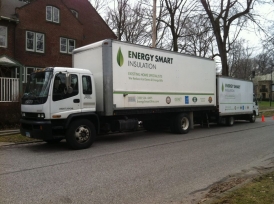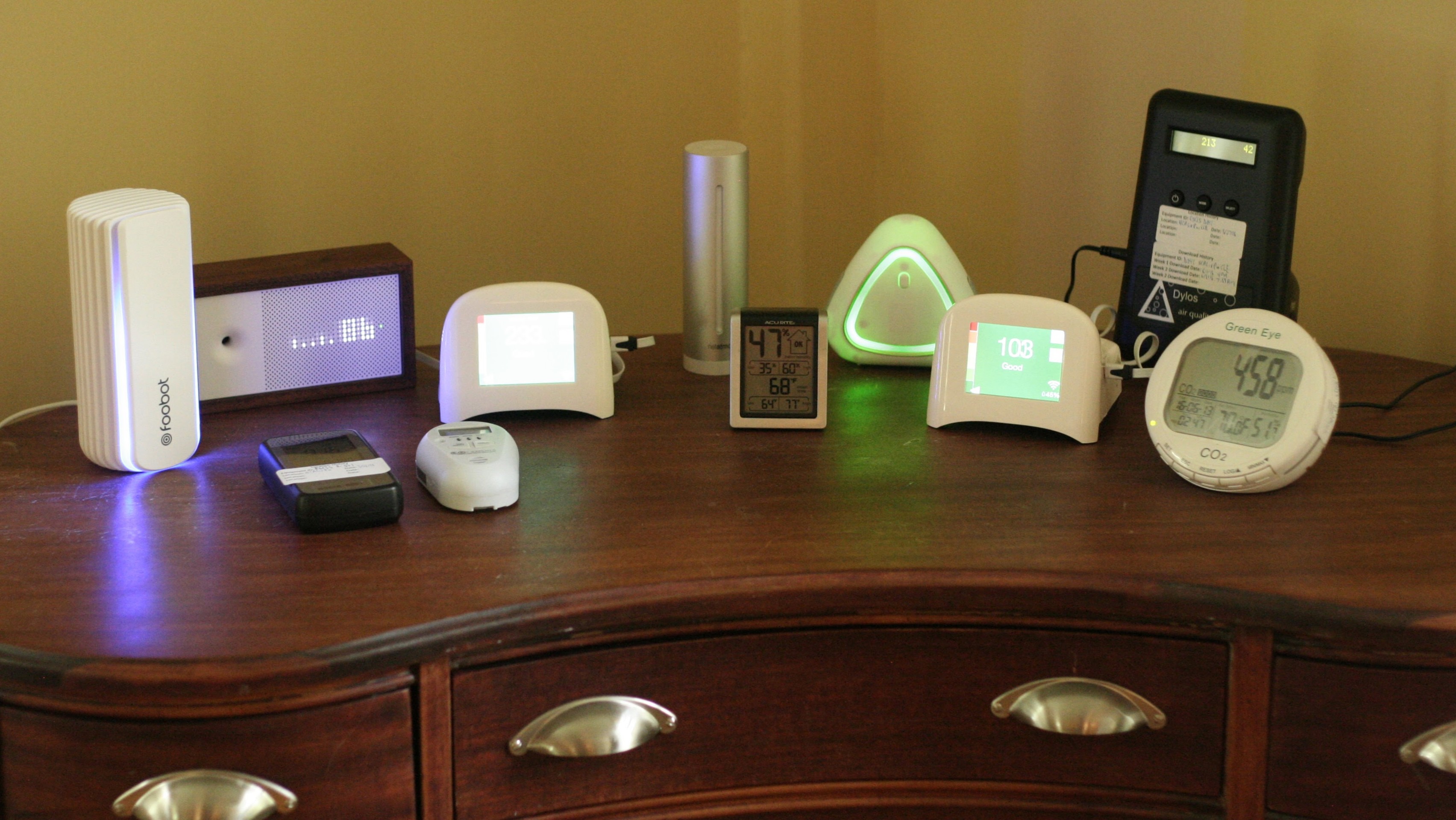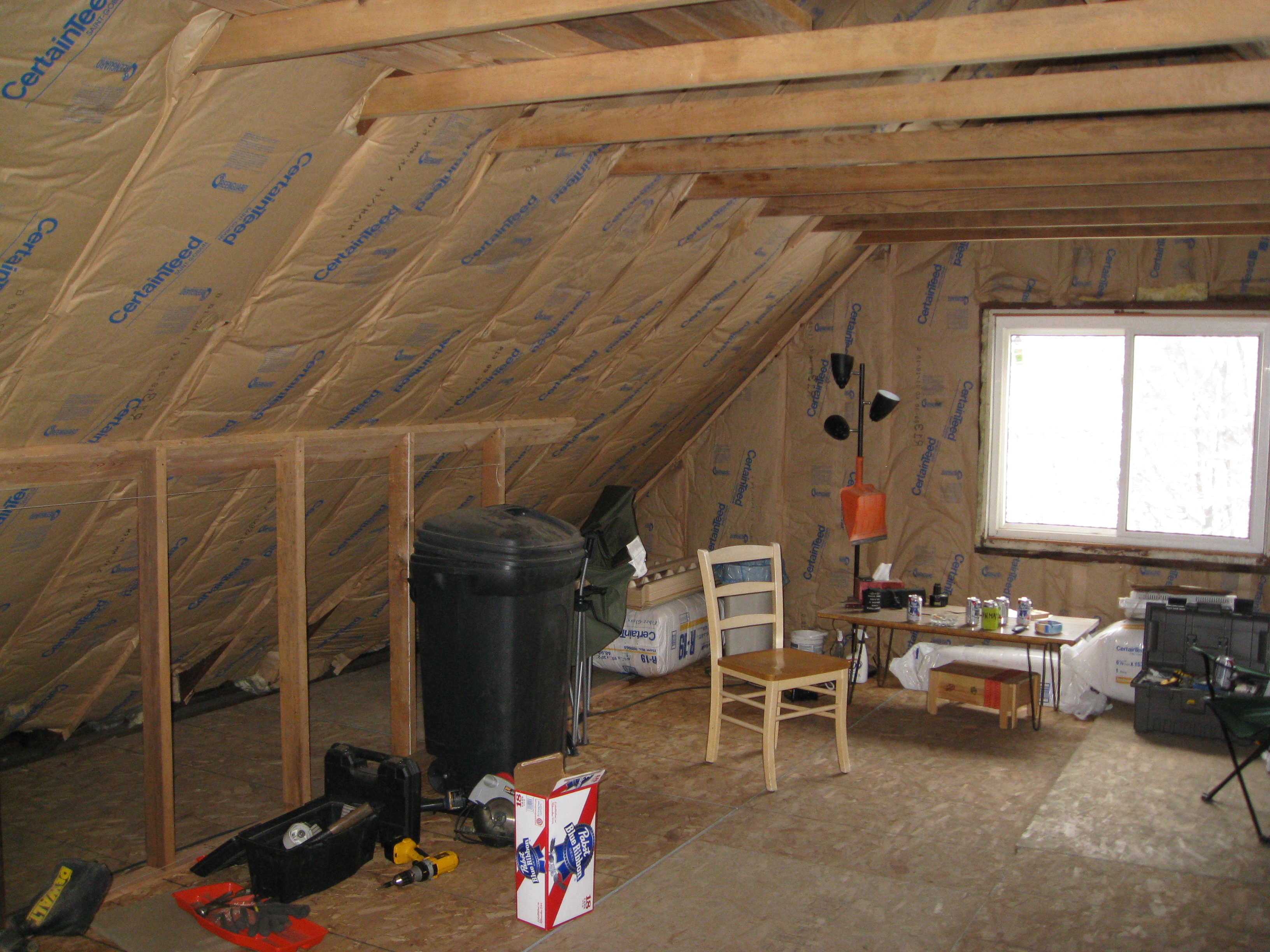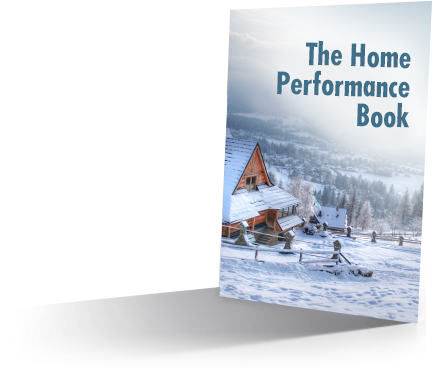Ice dam and icicle prevention
This is the single largest reason that people come to us. Icicles are pretty and quaint, but they can also be dangerous to you and your home. The obvious dangers are falling icicles and gutters being pulled down, but more importantly the water building up behind the icicles can get into your house. This can rot the wood in your roof and attic, possibly without your knowledge, and it also can seep through and ruin ceilings, walls, and windows.
Ice dams and icicles can’t be solved with new gutters, a new roof, ice guard on the roof, or heat cables (the wavy wires you see on the bottom edge of roofs on a lot of older homes). Those methods can improve ice dam and icicle buildup, but it can’t eliminate them, because they only address the symptoms.

The cause of ice damming is very simple: too much heat in the attic. If the temperature in the attic is above freezing and there is snow on the roof, the snow melts. When the snow melts, the water runs into the gutter. Since the gutter is not above the house where it can be heated, the water refreezes into ice – presto – ice dams in the gutter and icicles hanging down.
As the ice gets thicker and thicker in the gutter, it stops the water as it comes down the roof, making an ice dam. The water coming down the roof eventually builds up until it is over the actual house again and does not refreeze because it is warmed by the house and its attic. As the water gets deep enough behind the ice dam, it is pushed up under the shingles and into the house. This is where the water in the house comes from.
There are two parts to the solution
- 1. Attic insulation and
air sealing - This is the main key to stopping ice dams. Yes, it is what I sell for a living, but it is simple physics. If the attic is too warm, it needs to get cooled down. Since the heat primarily comes from the ceiling of the house, the attic needs to be insulated and air sealed. Air leaks transmit a lot of heat into the attic quickly, so they are important to stop as well. If you ask a bunch of insulation guys, you’ll get different answers, but my educated guess is this is 80-90% of the problem. Always insulate and air seal first and then try other things.
- 2. More attic ventilation
- This is secondary to insulation, but also important. No matter how much insulation is in the attic, some heat still comes through it. Insulation only slows down heat transfer. The purpose of attic ventilation is to give that heat somewhere to go. This is accomplished in several ways, please see the ventilation page for more details. Most homes built before 1980 have lousy ventilation.

Good news and bad news
Bad news first. You will never completely eliminate icicles. If there is heat that gets into your attic, from anywhere, it will cause at least a small ice buildup. There are always a few sources of this in any house. This doesn’t mean that most of the ice can’t be taken care of or that it’s not worth doing, these are mostly caveats.
- 1. Plumbing stacks
- This is the pipe that sticks up from your roof near your bathroom(s) and maybe kitchen. It always has warm air going through it from inside the house. It serves the same purpose as the little vent on gas cans to let air in and have the gas flow quickly, only for your plumbing system. I can’t stop the air going through this, so there will be a small icicle below it.
- 2. Bathrooms in general
- When you take a shower, you probably spike the temperature in the bathroom to between 80-100 degrees. That heat can and will end up in the attic. Bathrooms also usually have a bunch of light fixtures, which to me means holes in the ceiling. Even though we seal these, it is still a weakness. Bathroom fans also draw rising heat into the attic, most fans vent right into the attic, even though they aren’t supposed to. We prefer to vent bathroom fans through the wall. Dropped soffits over tubs, showers, and sinks – meaning a lower ceiling over them – can cause problems as well. Basically, bathrooms are tough.
- 3. Chimneys
- Even if you don’t use your fireplace, the odds are your chimney is used for your furnace and water heater. This means heat is going through it. If your chimney is completely outside your house, it is usually not a major problem. If any part of it goes through your attic, though, there is no way to stop it from letting heat into the attic and causing ice dams.
- 4. Dryer vents
- If your dryer vent comes out below an eave of the roof, the heat usually goes straight up and causes ice immediately above it.
Bad News for Bungalow, Cape Cod, and Other Half Story Homes
If you have sloped ceilings in any part of your house, you have a problem area for ice dams that can’t be solved easily. Sloped ceilings are drywall screwed directly against roof joists, there is no attic above them. Usually the roof joists are 2×6 boards, which are 5.5” thick. This will hold a maximum of R-23, or R-18 if we can ventilate it (more on R-value here). From experience, it takes at least R-30, preferably more, to substantially reduce ice dams.
There simply isn’t enough space to get that much R-value in. So even after it is insulated, the sloped ceiling sections will still be the first part of the roof to melt the snow on top of them. Again, don’t feel downhearted about it, this is the price of having living space in your attic. We can fix up the rest of the attic space very well.
The only ways to solve this are laborious and expensive – you have to put foam board insulation on either the roof or the ceiling and roof or drywall over it. In my eyes, it isn’t worth the expense.
The good news
Enough bad news. The good news is, even the oldest homes can be fixed up nicely to have very few ice dams or icicles. My own home was built in 1835. We insulated and air sealed the attic and my house is the last one in Mantua with snow on the roof. I have a few minor problem areas around my chimney and fireplace, but that’s it. If it’s possible on my old barn, it’s possible on your house. We can generally take out 50% of icicles on the low side, and 90-95% of icicles on most houses.
Get the HVAC Guide

It's free! Make buying a new furnace, air conditioner, or heat pump less stressful.










